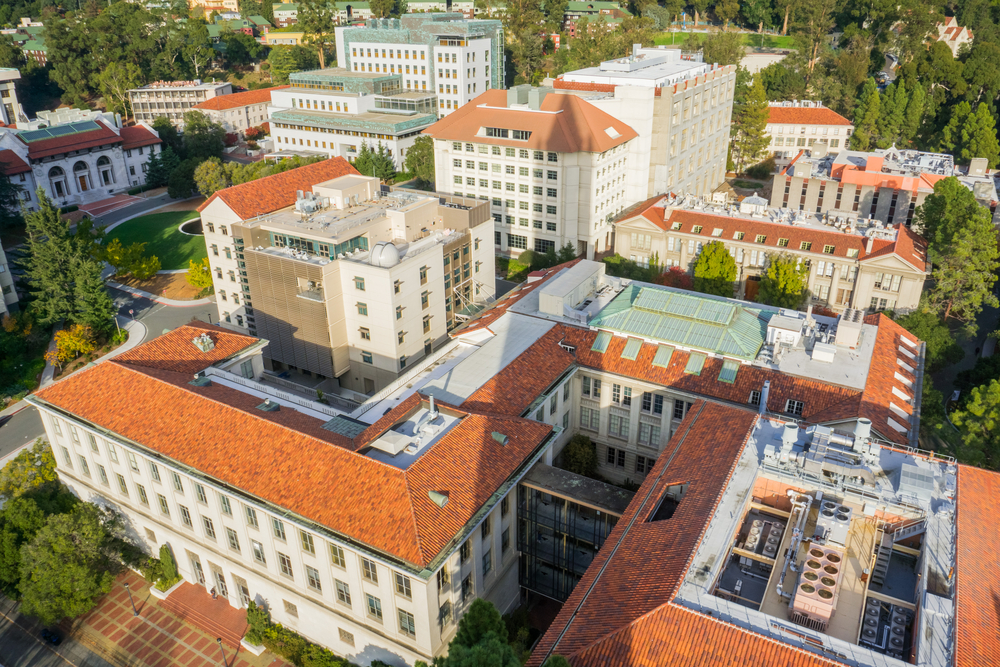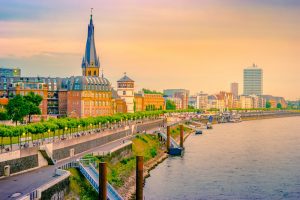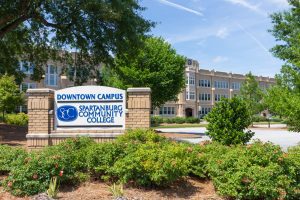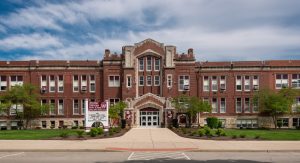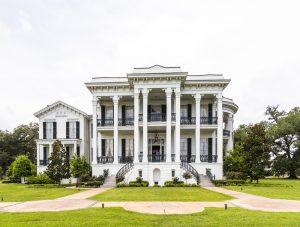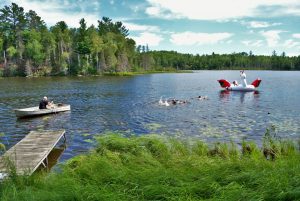A university town, also known as a college town, is a district of a town or city where several colleges are situated – and therefore, the majority of the population are university students. Since many colleges and universities are in the community, they are considered a major employer – and many businesses are targeted to students.
Whether you’re looking for a university town with sandy beaches or large forests, there’s a town for every preference in the Golden State. California may have it all, but choosing a university town you can call home poses a challenge.
There are more than 200 colleges and universities in the Golden State, but only a few can be considered the best – so keep reading to find out which is right for you.
Table of Contents
1. Arcata
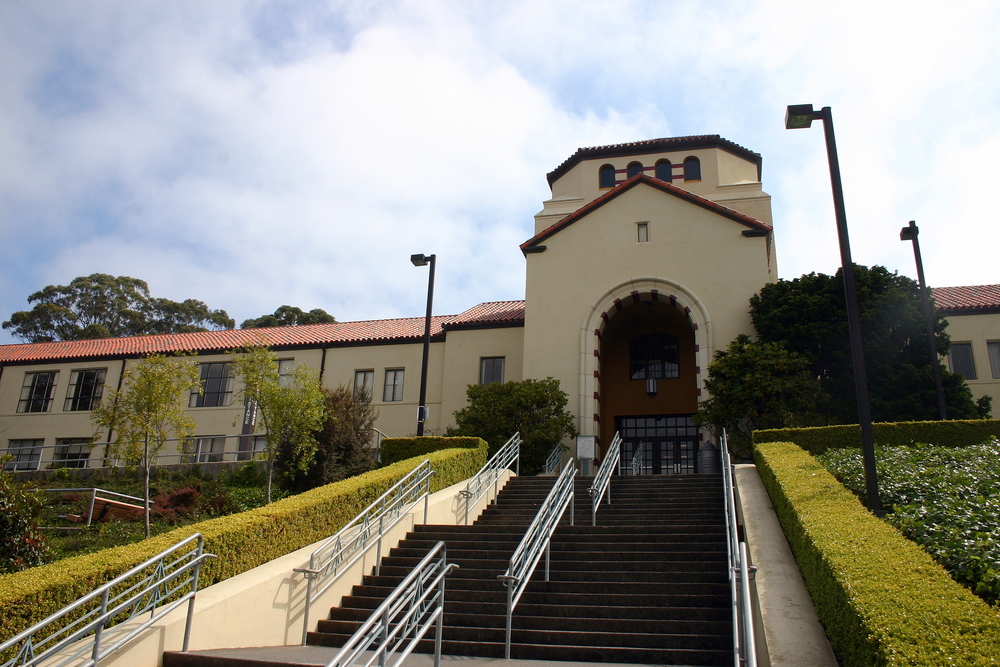
With a population of 18,431 nature lovers and bohemians, Arcata is a small town in northern California near the larger city of Eureka. It’s a small town filled with redwood mountains and forests and sparkling beach waters.
Arcata is popular for its incredibly low cost of living that is less than the national average – and housing costs that are 122% lower than the average. If you wish to study here, Humboldt State University (HSU) is the best university and it even has a Natural History Museum.
It’s a bit of a walkable place, so it’s easy to get around to nearby beaches and mountains for camping or shopping in the Saturday farmer’s market.
You’ll find the streets packed with countless shops and food places for lunch at the plaza. The food and entertainment costs are only somewhat above the national average, but everything else is more affordable. Other places worth visiting are:
- Arcata Playhouse
- Natural History Museum
- Arcata Scoop
However, going around Arcata may be difficult without a car. Arcata has a walk score of 47 out of 100, which means it’s a car-dependent city. You can use a bike, but it won’t be as convenient as a car.
If you’re thinking of moving to Arcata, keep in mind that crime rates are higher than in other rural areas.
2. Chico
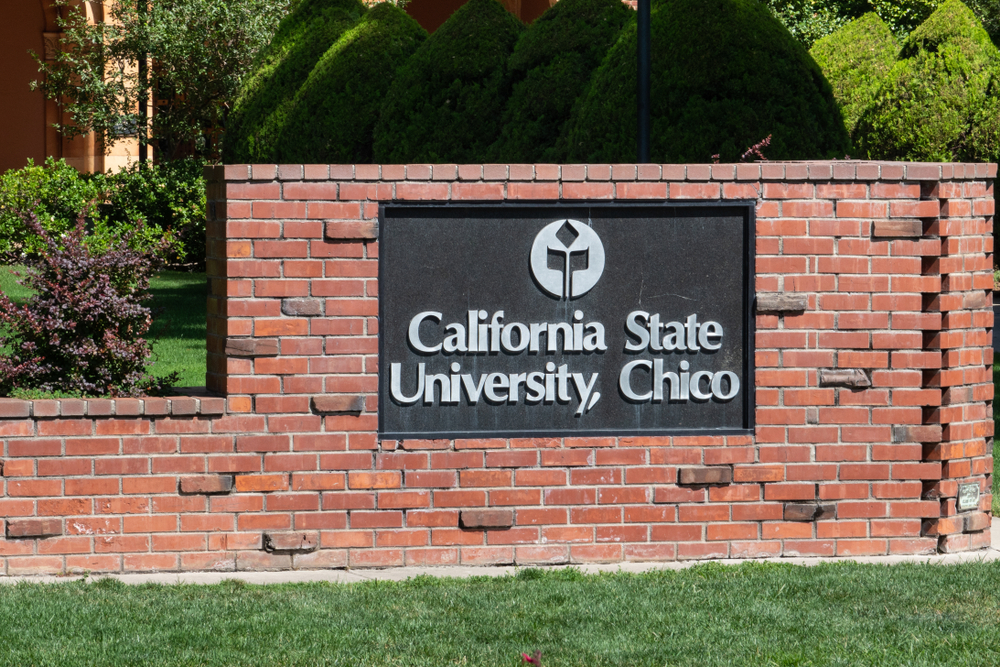
Located in Northern California with a population of 103,301, Chico is one of the best university towns to move to, whether you’re looking for something exciting or low-key.
Home to California State University (CSU) and Chico and Butte College, the cost of living in Chico is more than 20% higher than the national average.
It’s near national forests in Lassen, Mendocino, and Tahoe for an outdoor adventure with a Mediterranean climate. If you’re studying at CSU, you don’t have to go far to see nature – as Big Chico Creek begins at the heart of the university. Chico has 172 sunny days, so you’ll have more days to appreciate parks and gardens.
- Going to Downtown Chico promises vibrant building murals and several public arts including the Dancing Trout Fountain.
- For the historical side of the town, visit the Bidwell Mansion and their large Bidwell Park.
- The town is better known for the country’s second-largest brewery from Sierra Nevada Brewing Company.
- Other notable highlights of the town are the National Yo-Yo Museum, the George Petersen Rose Garden, and the Roth Planetarium.
- If you’re into festivals, expect to celebrate Artoberfest, which lasts for a month.
As good as it may sound, there’s always a downside to every town. The only con to the beautiful Chico is the crime rates that are higher than in other cities because of a number of gangs.
3. Claremont
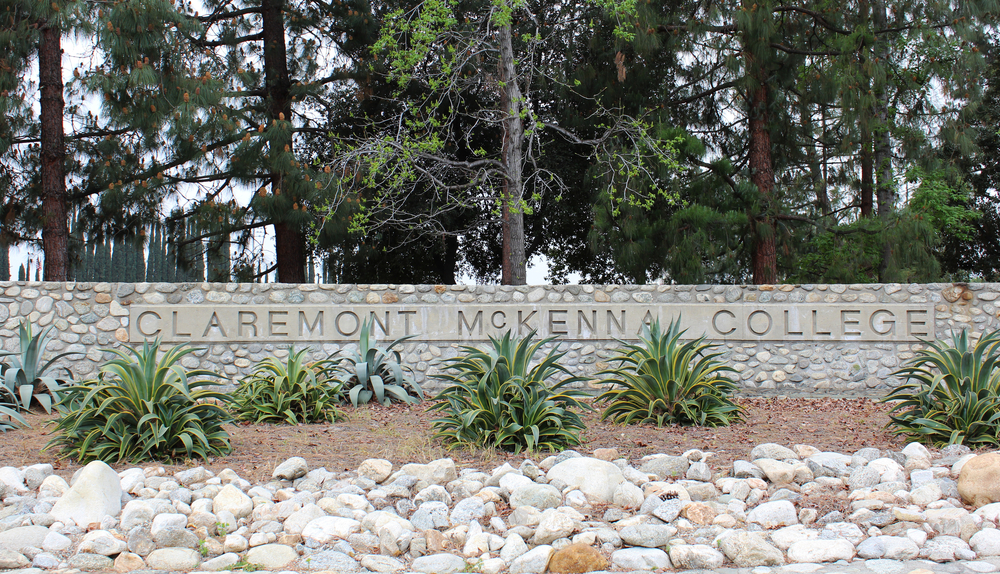
Claremont, known as the City of Trees, is home to more than 23,000 types of trees. With a population of 36,266, it’s a small, quiet town located in the eastern suburbs of Los Angeles with a perfect combination of urban and rural life. Here, you’ll find 7 universities that make up the Claremont Colleges:
- Claremont McKenna College
- Claremont Graduate University
- Pomona College
- Scripps College
- Harvey Mudd College
- Pitzer College
- Keck Graduate Institute.
Each college has its own unique experience, but as a whole, it becomes a large university town packed with essential college experiences and facilities.
Some of the things to do in this small town include going on a hiking trail in Mount Baldy or swimming by the beach since it’s close to both mountains and beaches.
Moreover, there are tons of restaurants and shops in Claremont Village, which is considered to be Claremont’s downtown. There, you’ll find places to eat, bars and pubs, and famous attractions including the Rancho Santa Ana Botanical Gardens.
Visit Claremont’s Farmer’s Market for fresh goods including goat cheese, meat, mushrooms, and many more.
The cost of living is more than 95%, which is higher than the national average. With its very small population size, the economy is not that strong and the unemployment rate is almost 9%.
Moreover, going around the town would require a car since half of the places can’t be reached on foot. It has a walk score of 46 out of 100 and a bike score of 50 out of 100, which means Claremont is a car-dependent area with some bike lanes for convenience.
4. Santa Cruz
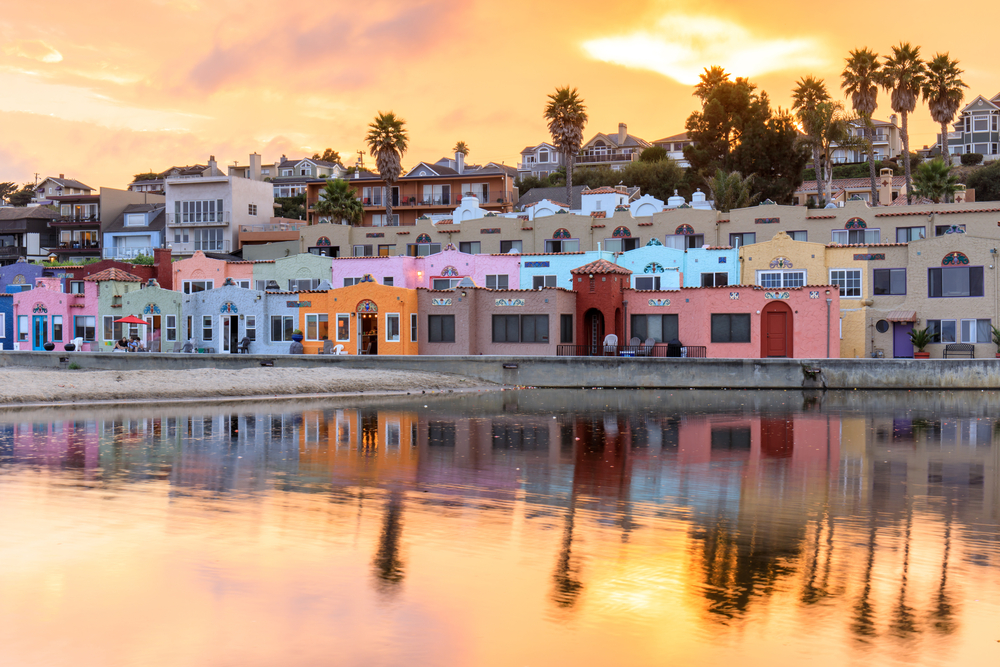
Get the best of all worlds with Santa Cruz for its ocean views, redwood forests, quality education, and top-notch restaurants. The University of California, Santa Cruz (UCSC) is a top-ranked university in Santa Cruz.
If you go to the Boardwalk, you’ll enjoy fun rides, an iconic beach, and arcades. It’s also surrounded by national parks where you can hike and enjoy nature. Another notable place here is the Alan Chadwick Garden and Arboretum, Santa Cruz’s botanical gardens.
Pacific Avenue is the center for shopping and other famous places, including the Santa Cruz Museum of Art and History. There’s always something to eat for every kind of taste bud, from Verve Coffee‘s amazing brew to the classic burgers from Burger.
Santa Cruz may have everything, but it comes with the price of having a cost of living of about 120% above the national average for 64,608 people. Moreover, buying a house doesn’t come cheap as people spend approximately 390% above the national average.
The only downside to this Surf City is the expensive housing costs, whether you rent or buy. It is considered the 4th most expensive place to live in around the world – which also houses a lot of homeless people. The cost of living is already high and the average salary is extremely low, making it difficult to live here.
On a side note, the crime rate is also very high with a rate of 39.62% per 1,000 people.
5. Santa Barbara
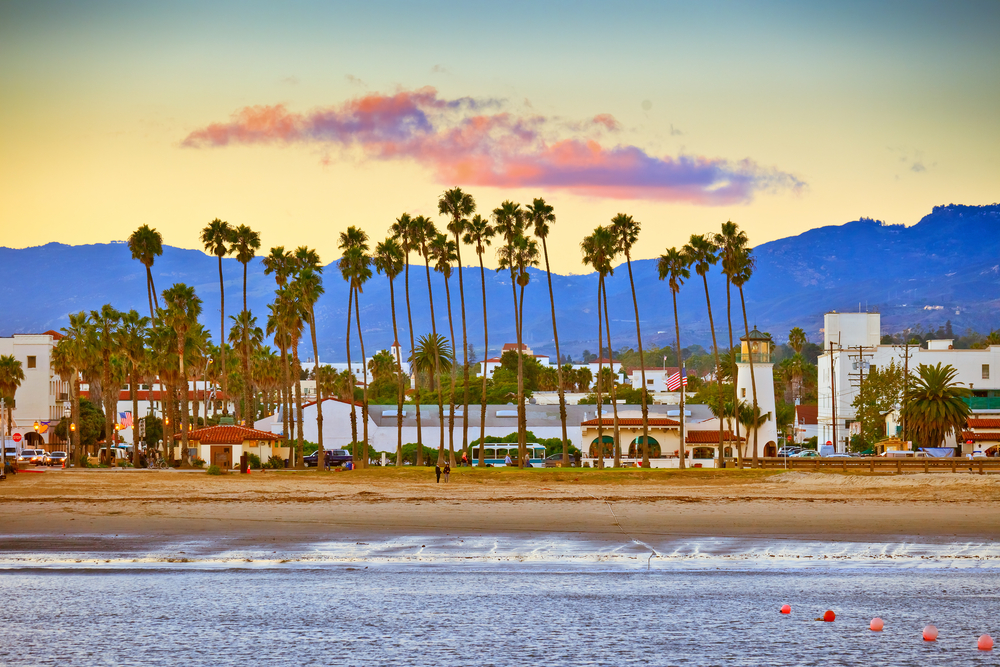
Santa Barbara’s population is about 91,325, where 20% of the population are undergraduates. It is located between the coastline of Los Angeles and San Luis Obispo, making it a prime location for day trips. The colleges you’ll find here include:
- The University of California, Santa Barbara (UCSB)
- Santa Barbara City College
- Antioch University Santa Barbara
- Westmont College.
The cost of living in this stunningly beautiful location is twice higher than the national average, ranking it as the 105th most expensive location in California.
From beaches to parks and arts, there’s a lot Santa Barbara has to offer – including 30 Best Free and Cheap Things to Do in Santa Barbara, CA. Many public beaches are open for a good surf or paddleboard, and you can catch a volleyball game on the East and West beaches while enjoying a lovely picnic afterward.
It’s home to greenery with over 50 parks and gardens including Stow Grove Park in Goleta, which is filled with redwoods and eucalyptus trees. On top of that, it’s also a place for sports and recreation, as there are volleyball courts and horseshoe pits. Although it is a university town, a lot of retirees choose to call this place their home.
Though it has many great places to visit, the walkability in the area is alright. It only has a walk score of 61 out of 100 and a bike score of 66 out of 100, which means some places aren’t easily accessible on foot so you’ll need a car to get there. Most people shy away from Santa Barbara since the cost of living is quite expensive that’ll make you spend about $5,000 a month.
6. San Luis Obispo
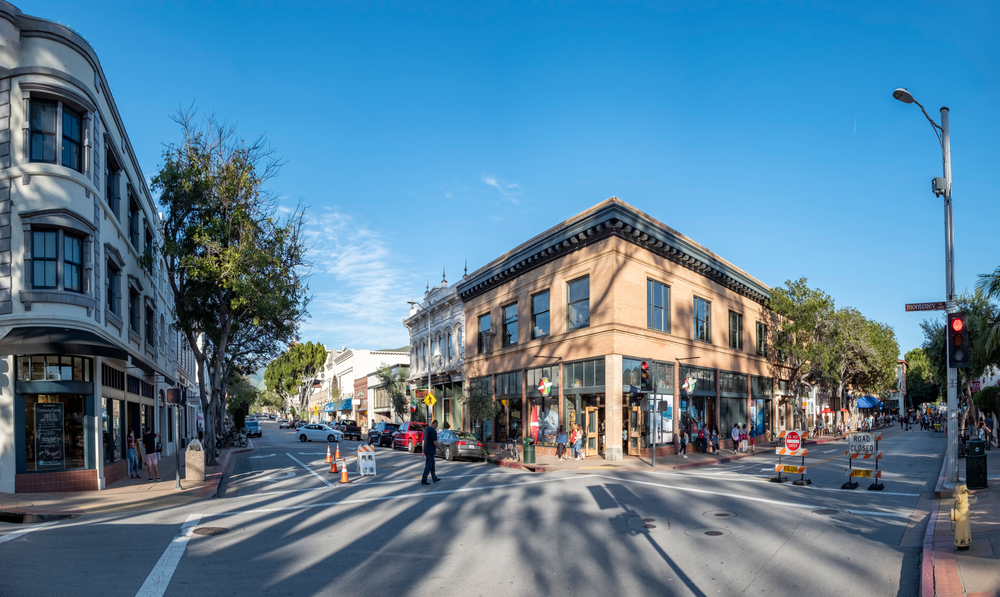
Located between San Jose and Los Angeles and near Santa Maria, San Luis Obispo (SLO) is a small town known as the “happiest place on Earth” – and is the 3rd best place to live in the United States.
Pursuing a degree can be accomplished at:
- California Polytechnic State University-San Luis Obispo
- Central California School of Continuing Education,
- Cuesta College.
It’s a great place to live in with its pleasant Mediterranean weather and top-notch facilities. Most people rent a place in SLO and choose a place depending on needs.
For instance, Downtown SLO has a city vibe because of its fast-paced environment filled with businesses and working people. If you go to Laguna Lake, it’s a suburban area that is perfect for families since many hiking trails and local schools are situated here.
With a population of 47,000 people, SLO’s cost of living is 79.2% – above the national average. If you’re looking for a job, it’s safe to say you won’t have trouble finding one – since the unemployment rate is only 2.8%.
SLO is a recreational hub, as there are many activities to do for all kinds of people. You can go on a hike and choose from over 30 trails, or head over to one of SLO’s beaches, including Pismo Beach and Morro Bay. For art enthusiasts, there are several local galleries and theatres to visit.
Lastly, be sure to check out their farmer’s markets at Higuera Street which happens every week on Thursdays.
7. Palo Alto

Families would enjoy living in Palo Alto for its family-friendly places and activities and excellent education system. It’s home to the famous Stanford University and Silicon Valley.
One of the pros of living here is its rich culture and diversity. Many people come from different backgrounds which in turn created restaurants of different cuisines including Korean, Japanese, and Mexican, to name a few.
Families and individuals alike can enjoy lots of wide green space perfect for picnics and outdoor family fun. One of the popular parks in the area is Mitchell Park, which has the Magical Bridge Playground popular with children. It’s a recreational paradise for outgoers since it has many trails for hiking and biking facilities for cyclists.
It’s a small town of about 64,000 people, and the housing cost is 37% higher than Los Angeles – which can cost about $2,300 per month for a one-bedroom apartment in the centre. You can expect the salary to be high and the unemployment rate low in Palo Alto.
It may have a lot of pros, but one notable con is the traffic. Being the center of technology in Silicon Valley, the growing number of businesses established in the area has caused traffic to worsen over time, which is why most people prefer traveling by bike.
8. Malibu
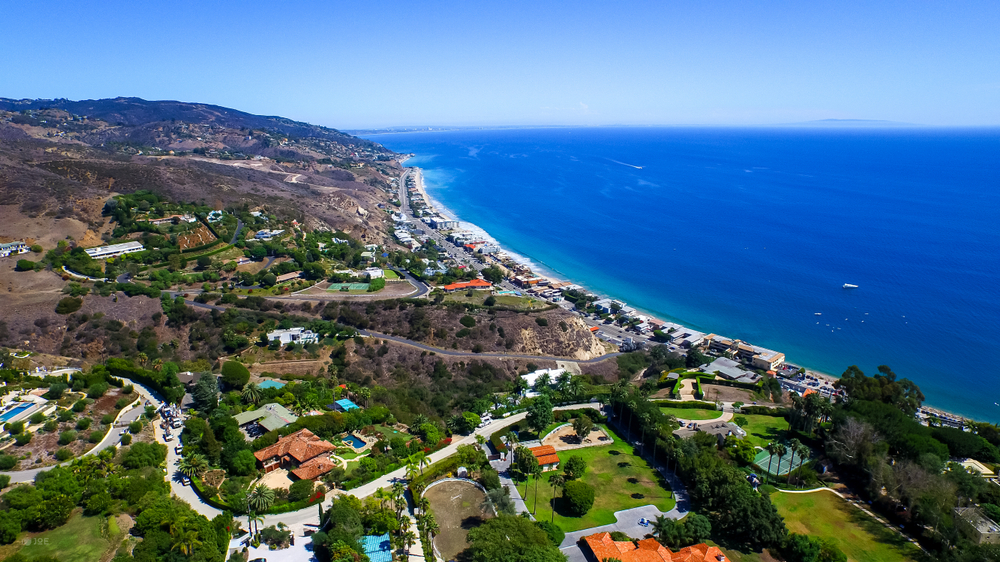
Malibu is a small town with breathtaking scenery with only about 12,000 people living here. Of the 12,000 people, most of them are White and about 6% are Black and Asian. If you decide to study here, you’ll find Pepperdine University and public schools including Malibu High School.
If you’re looking for a job in Malibu, it’s common to find one in healthcare, technology, and arts. Staying in Malibu feels like an all-year holiday, and therefore, the cost of living is also high – at three times the national average.
Buying a house in Malibu is expensive since almost 70% of houses cost more than a million. However, healthcare is affordable as it costs similar to other towns of the Golden State.
Because it’s on the West Coast, the most common activities to do are swimming, surfing, and other beach activities. Going to Santa Monica Mountains National Recreation Area gives you access to both easy trails and challenging hikes.
Though Malibu is not a city vibe, you can easily go to the city in the nearby towns including Santa Monica, Los Angeles, and Thousand Oaks.
If you prefer the vacation vibes, Malibu is the best choice, as long as it fits your budget. It’s the best place to call home, retire, or study for its relaxing atmosphere by the beach. However, be sure that the high cost of living is attainable. Moreover, Malibu’s slow job market and declining population growth are some of the cons to take note of.
9. Berkeley
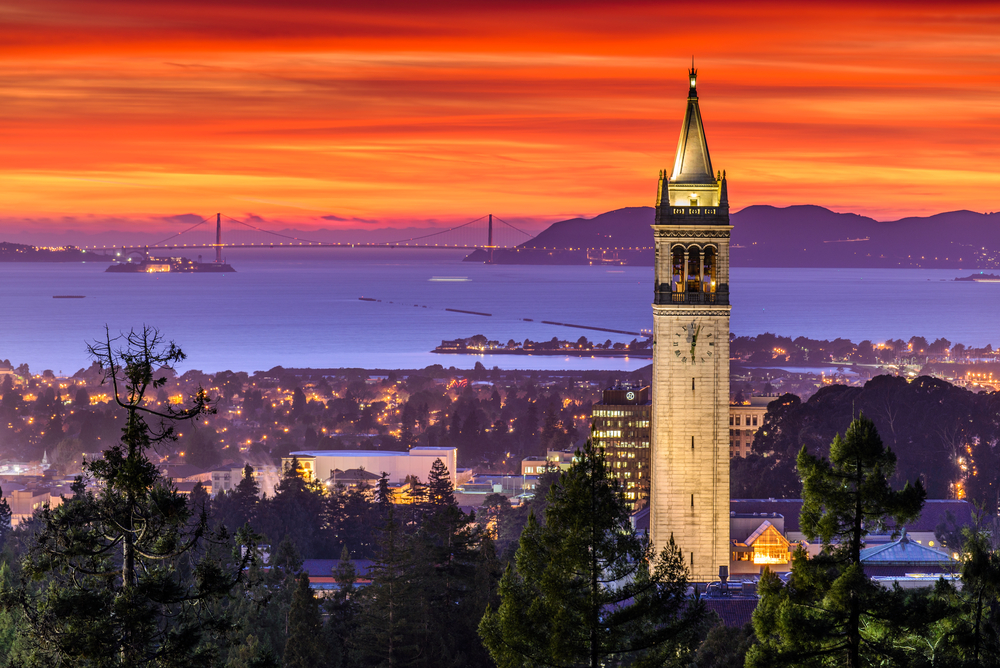
One of the most expensive university towns, Berkeley is a city with a population of 120,926 that is nestled on the east coast of San Francisco. The most notable university is the University of California Berkeley that accepts more than 40,000 students annually. Another institution you can go to is Berkeley City College which is situated in Downtown Berkeley.
For students who wish to study here, several high schools are available including Berkeley High School, Berkeley Arts Magnet at Whittier School, and Martin Luther King Middle School.
Getting around Berkeley can be via rapid transit, bus, train, and car. Of course, there’s rush hour traffic so it can be a challenge commuting in these hours.
To keep you entertained, you can discover unique restaurants and novelty stores like book stores and boutiques. For arts and recreation, there are several museums, theatres, and music clubs are within the area. Lastly, it is worth mentioning that marijuana is legal and rampant in Berkeley, so if you’re against marijuana, living in Berkeley may not be the best choice.
Moreover, take into consideration the high crime rates and cost of living that are higher than the national average. Housing doesn’t come cheap, as the median home value is more than a million. As a result, 57% of the population choose to rent.
The cost of living is estimated to be 52% above the national average. However, it’s worth mentioning that the economy in Berkeley is booming with an unemployment rate of 2.8%. Finding a job here would lead you to jobs in the fields of education, science, technical, healthcare, sales, and food services.
10. Davis

With a population of 67,988, Davis is considered the best suburb in Sacramento, California. It’s a university town that houses the University of California-Davis, along with several public schools including the Da Vinci Charter Academy and Cesar Chavez Elementary School.
It is relatively safe to live here with crime rates 56% below the national average. However, the cost of living in Davis is 46% higher than the national average, which is heavily compensated with the increased wages in the community with an average hourly wage of $19.80.
Most jobs can be found on the UCD campus, particularly in science and healthcare. If you’re a registered veterinary technician, expect to earn more than the average hourly wage.
Depending on lifestyle, there are several neighborhoods to choose from. For instance, if you prefer to be closer to downtown, Central Davis is the best choice. For a wider variety of housing, North Davis is great for housing and convenient bike paths for commuting.
As expected from a university town, there are several attractions Davis has to offer. From shopping to nature appreciation, Davis has got it all. Shop for essentials at the Westlake Plaza Shopping Center and the University Mall or enjoy a simple view of nature at the UC Davis Arboretum and parks. If you’re an animal lover, go birdwatching at the California Raptor Center where you can see all kinds of birds, perfect for families with children.
What to Look For in a University Town

Walkability
Most places are easy to reach with just walking distances. Thus, expect to have countless shops, restaurants, and events places that are easily accessible across town without the need for a car.
Important Establishments
Since it’s populated by mostly students, it’s no surprise that student discounts are common. From hair salons to stores and restaurants, student discounts are offered as long as you have a student ID.
On top of that, areas close to the university usually have affordable housing for students or families. When you’re looking for a good university town, make sure important establishments are nearby including a grocery store, pharmacy, laundry, and hospital, among others.
Events
On a side note, other things people look for are town events and social activities happening in the town. Whether it has festivals, concerts or farmer’s markets, these are great add ons that make your living experience fun and edgy.
Should You Move to a University Town?
If you plan to move to a university town, it can help you cut back costs especially if you decide to pursue a career in the same town. It’s always a great way to experience the youthful energy of the student population and get involved with diverse community events.
Most importantly, these towns are pedestrian-friendly and most places are walkable. University towns are also known best for their superb healthcare and supermarkets for fresh goods.
Choosing a university town will depend on your preferences and capabilities. If you prefer to live in a small university town, Arcata, Claremont, San Luis Obispo, and Malibu are the best places with a small population of fewer than 50,000 people.
For the best university towns to live and retire in, Malibu, Chico, Santa Barbara, Santa Cruz, Palo Alto, Davis, and Berkeley are the best choices. Their prime location in California is teeming with endless breathtaking scenery and adventures.
To know if a university town is for you, go on a quick vacation, and feel like a local! Go to places where locals hang out and shop for goods in their farmer’s markets to compare prices. There’s no better way of deciding and getting to know a place than visiting them first hand.

